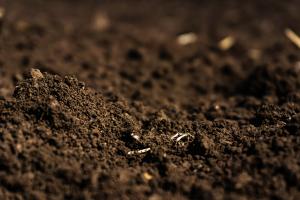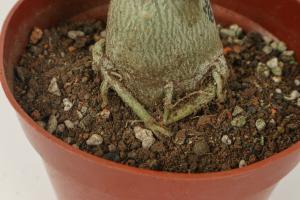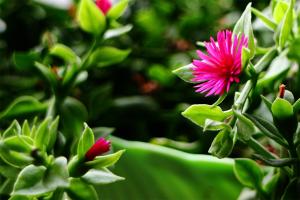Should I Water My Snake Plant after Repotting?
Repotting a snake plant is an essential part of its care routine, as it helps promote healthy growth and prevent overcrowding. However, repotting can also be a stressful time for your plant, and knowing how and when to water it can make all the difference in ensuring its recovery. In this article, we'll explore the best practices for watering your snake plant after repotting.
Understanding Your Snake Plant's Watering Needs
Before we dive into the specifics of watering your snake plant after repotting, it's essential to understand its overall watering needs. Snake plants are notoriously low-maintenance, and they can tolerate periods of drought better than overwatering. In general, it's best to let the soil dry out completely between waterings and avoid keeping the soil consistently moist.
How to Water Your Snake Plant after Repotting
When it comes to watering your snake plant after repotting, the key is to be patient and allow the plant time to recover. Ideally, you should wait at least two weeks after repotting before giving your snake plant its first post-repotting watering. This allows the plant to settle into its new environment and reduces the risk of overwatering while it's still in a vulnerable state.
Once the two-week mark has passed, you can begin watering your snake plant again as you normally would. However, be sure to check the soil moisture level first by sticking your finger into the soil up to the second knuckle. If the soil feels dry, it's time to water. If it still feels moist, wait a few more days before checking again.
When watering your snake plant, avoid splashing water directly onto the leaves, as this can lead to fungal growth and other issues. Instead, water directly onto the soil and avoid getting water on the plant's crown or its base.
Additional Tips for Watering Your Snake Plant
Here are some additional tips to keep in mind when watering your snake plant:
Use room temperature water when watering your snake plant, as cold water can shock the plant and cause damage.
Avoid using hard water, as the minerals in the water can build up in the soil over time and affect the plant's health.
Consider using a well-draining potting mix and a pot with drainage holes to help prevent overwatering and promote proper drainage.
Be mindful of the humidity levels in your home, as low humidity can lead to dry soil and overwatering.
Conclusion
Repotting a snake plant can be a stressful time for both you and your plant. However, by understanding your plant's watering needs and taking the time to allow it to recover after repotting, you can ensure its continued health and growth. Remember to be patient and avoid overwatering, and your snake plant will thrive in its new environment.

 how many times do yo...
how many times do yo... how many planted tre...
how many planted tre... how many pine trees ...
how many pine trees ... how many pecan trees...
how many pecan trees... how many plants comp...
how many plants comp... how many plants can ...
how many plants can ... how many plants and ...
how many plants and ... how many pepper plan...
how many pepper plan...































